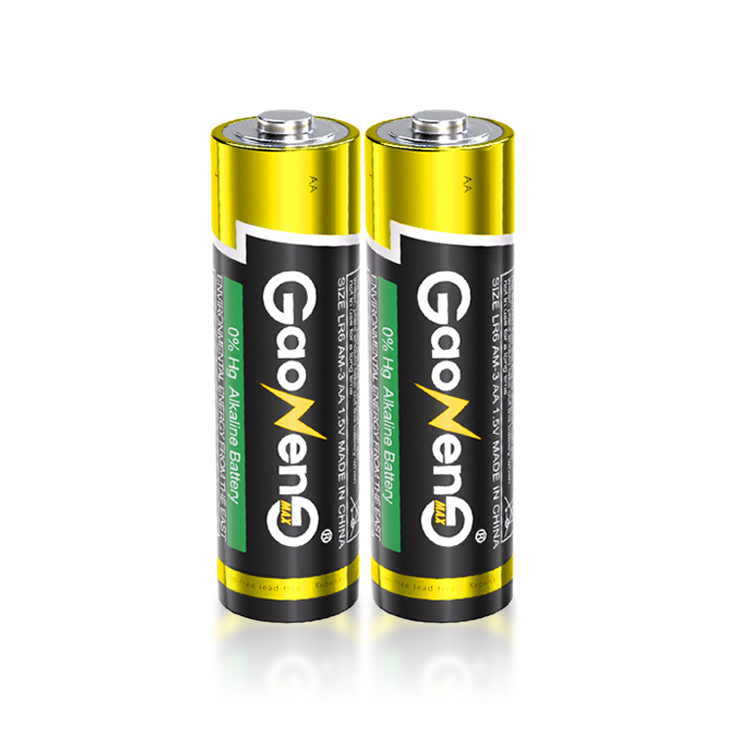
The self ignition hazards of lithium-ion batteries are serious, and they
are in the rapid development stage of new energy vehicles. Any battery self
ignition accident may bring a company back to the pre liberation period
overnight, causing harm to the lives of homeowners. Many times, it is inevitable
that the battery will self ignite. If this issue is addressed, the development
of new energy vehicles will be better.
It is reported that some companies claim to have achieved non spontaneous
combustion of power lithium-ion batteries through passive defense technologies
such as non self igniting electrolytes, high-temperature resistant barriers, and
refrigeration thermal control fluids. In theory, all three technologies
correspond to the treatment of battery self ignition process. And battery self
ignition, first of all, the battery itself presents heat during operation. When
the heat production and heat dissipation cannot be balanced, heat begins to
accumulate inside the battery, causing the temperature to rise. When the
internal temperature of the battery reaches 130 ℃, the ordinary barrier will
melt and contract, and the positive and negative poles of the battery will
experience a short circuit due to the lack of barrier blocking, resulting in a
more violent electrochemical reaction - releasing more heat and presenting gas -
the battery will spontaneously ignite and explode.
So let's talk about these three central technical directions next. The
breakthrough of electrolyte technology is the reactive liquid electrolyte of
batteries, called electrolyte. Electrolytes are used for charge conduction
inside lithium-ion batteries, and batteries without electrolytes cannot be
charged or discharged. At present, lithium-ion batteries are mostly composed of
flammable and volatile non-aqueous solutions. This composition system has higher
specific energy and voltage output compared to batteries composed of aqueous
electrolyte, which meets the higher energy needs of users. Due to the flammable
and volatile nature of non aqueous electrolyte, it infiltrates the interior of
the battery and also constitutes the source of spontaneous combustion of the
battery. The technological breakdown of electrolytes often leads to reactions in
battery development.
In the history of zinc manganese battery development, there have been three
reactions, with two reactions coming from technological breakthroughs in
electrolytes, which have improved the discharge performance and specific energy
of the battery. Currently, the safety of lithium-ion batteries is a problem, and
there are several market technology directions for electrolytes to handle
spontaneous combustion issues. The company's electrolyte still exists in the
form of electrolyte, which must be non-aqueous solution electrolyte or room
temperature ionic liquid. Although the detailed technology is unknown, gel and
solid electrolyte will also be a safer direction in the future. The barrier is
not a process of self ignition in batteries with high technological content. The
internal short circuit caused by high-temperature ablation and contraction is an
important reason for the barrier. Improving the heat resistance temperature of
the barrier is the technical direction for manufacturing safer batteries.
The barrier is not as simple as a layer of paper. In addition to
temperature, the infiltration ability, porosity, mechanical strength, internal
resistance, electrochemical stability, and other factors of the barrier are also
considered in practical consumption. So barriers are not as simple as a layer of
paper. From the perspective of temperature resistance, safety, and liquid
absorption rate, taking these factors into account, the technical direction of
barriers is as follows. The company's barrier uses the aramid barrier consumed
by electrospinning technology, which has excellent comprehensive performance,
with a small amount of consumption by Emperor and Jiangsu Shengou aramid.
Compared to ordinary barriers, Weihong's PMIA barrier has a simpler consumption
process, but the current price is relatively high. In the future, there will be
enough space to support the frequent iteration of new technologies, bringing
safer products to the new energy industry.
A battery with sufficient heat dissipation is a safe battery. As mentioned
above, electrolyte is used to isolate the source of spontaneous combustion, and
barrier is used to improve the heat resistance temperature. Therefore,
sufficient heat dissipation is used to reduce the battery temperature and avoid
excessive heat accumulation causing the battery to lose control of heat.
Assuming that the temperature of the battery rises sharply to 300 ℃, even if the
barrier does not melt and contract, the electrolyte itself, electrolyte, and
positive and negative electrodes will undergo intense chemical reactions,
releasing gas, forming internal high pressure and explosion. Therefore, adopting
appropriate heat dissipation methods is the closed-loop of the battery's non
spontaneous combustion treatment method. The passive defense of the company's
refrigeration and thermal control fluid is still important for battery heat
dissipation. Isolation of air is an additional function. Assuming that air
cannot be isolated, the cooling circulating fluid is prone to leakage during
driving, climbing, and vibration, reducing the heat dissipation function, which
is unacceptable for battery safety. Micro macro belongs to liquid cooling
technology, which includes three active cooling methods for batteries: air
cooling and phase change data cooling.
Read recommendations:
Lithium-ion battery G500
Novelty of Lithium iron phosphate battery.solar energy storage lithium ion battery 15kwh 48v 100ah
Consistency of lithium battery
551235 battery wholesaler
18650 battery pack 12v












































 360° FACTORY VR TOUR
360° FACTORY VR TOUR
 Whatsapp
Whatsapp
 Tel
Tel Email
Email TOP
TOP